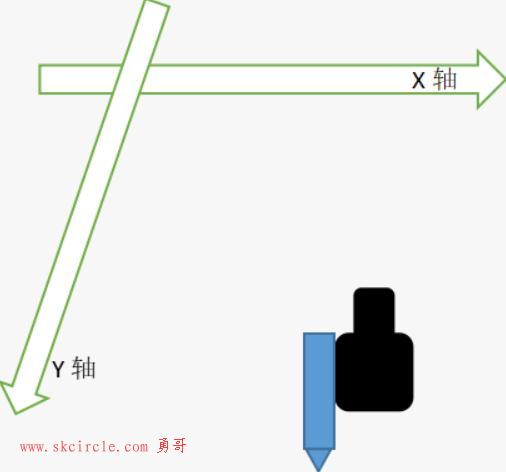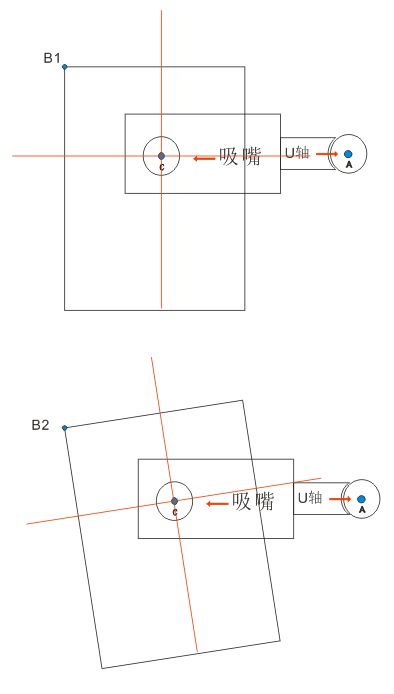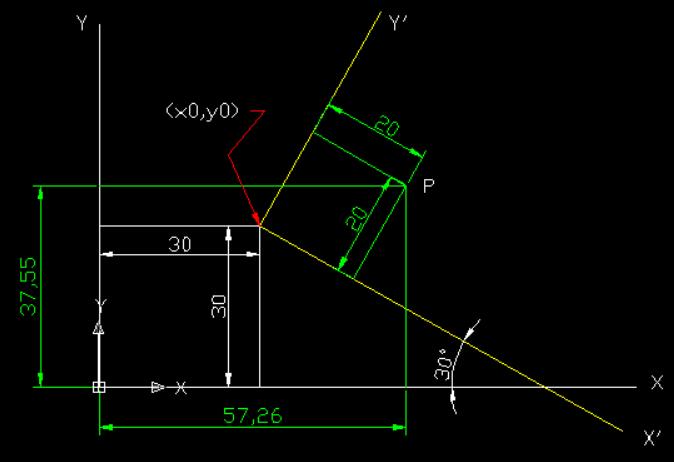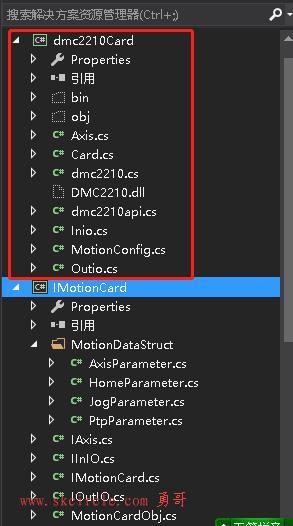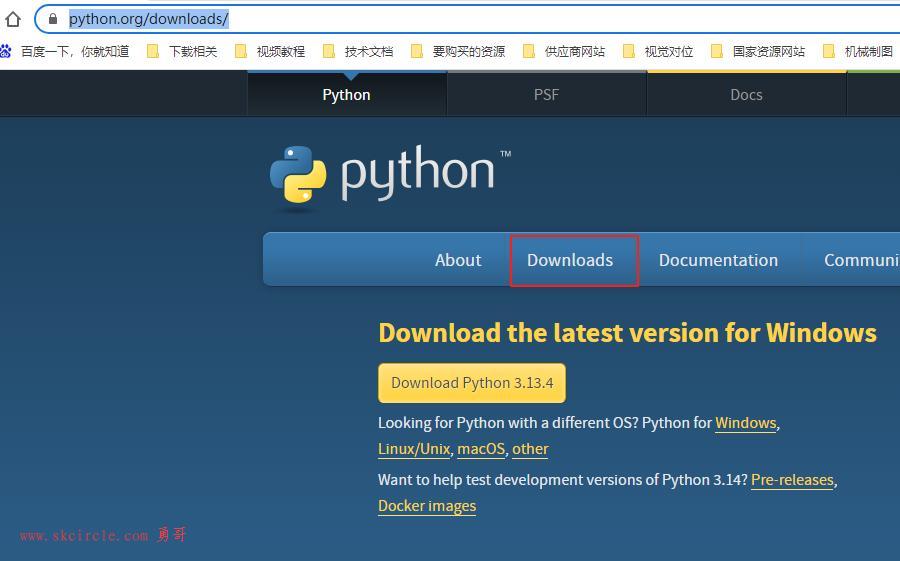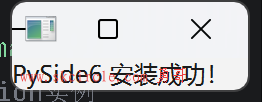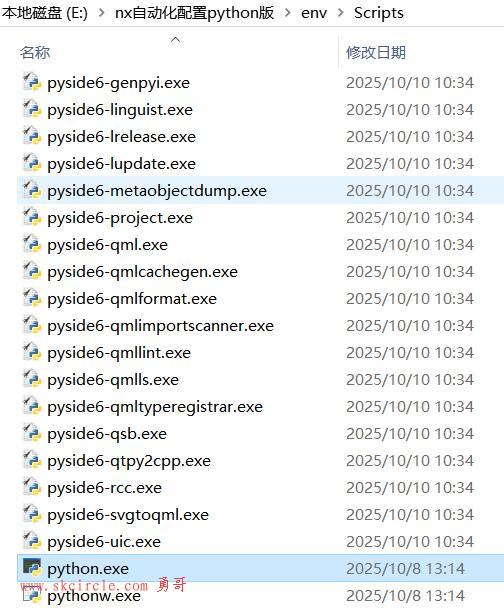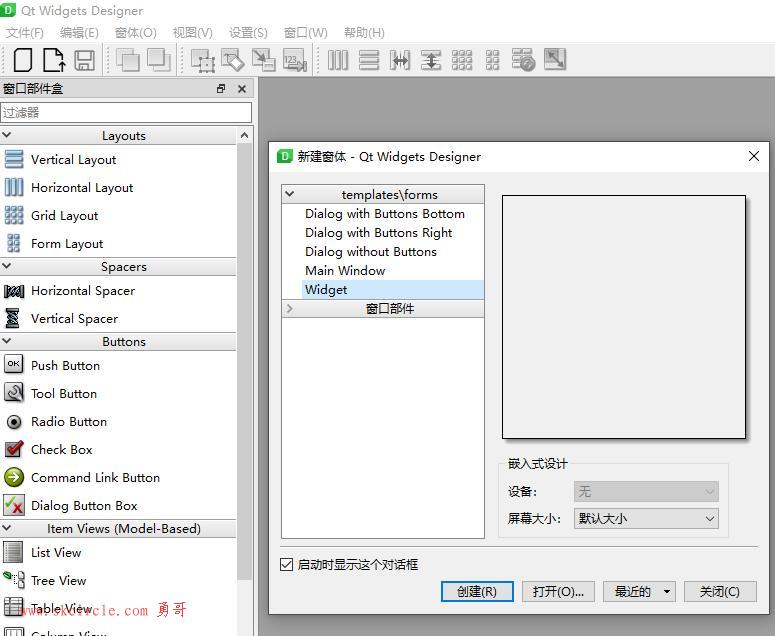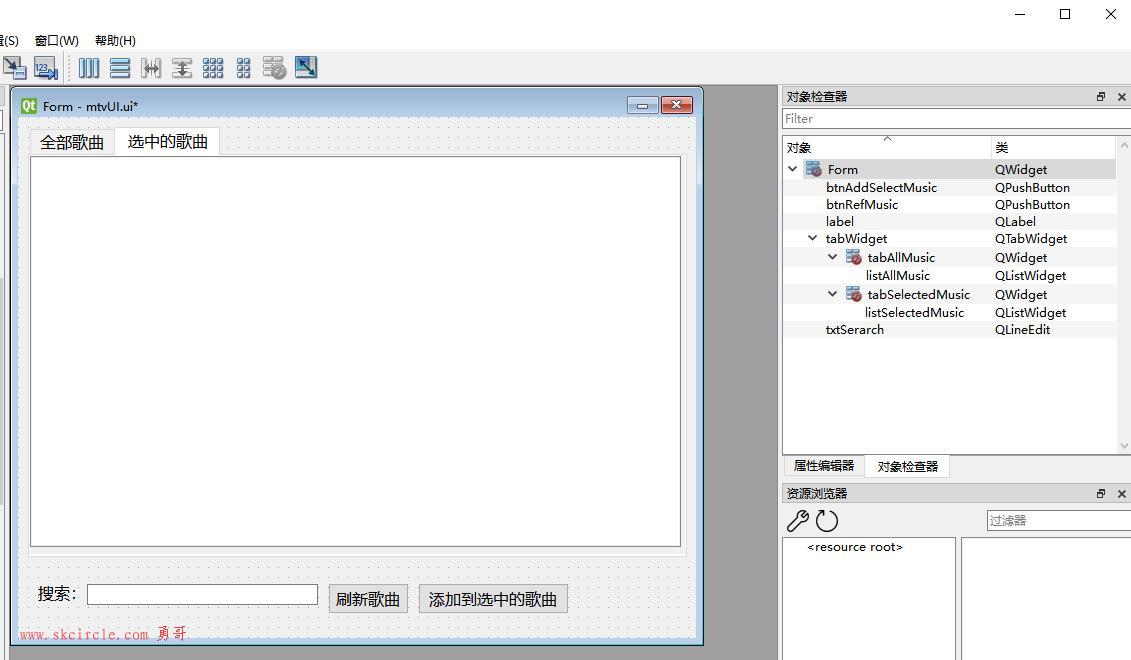PropertyGrid,.net框架下的一个控件,这是一个软件升级的项目,原来的软件用的是C++,控件用的还是第三方,这次升级到visual studio .net4.0版本,原以为.net的东西用起来不会费劲的,没想到想要实现项目需要的效果还真没那么简单。
由于需要,我这里主要是为了能动态的生成属性页,还要带能动态生成下来菜单,所以今天主要从这方面总结。
首先定义一个属性类:
//单条属性类
public class XProp
{
private string theId = ""; //属性Id,我的项目中需要,大家可以忽略
private string theCategory = ""; //属性所属类别
private string theName = ""; //属性名称
private bool theReadOnly = false; //属性的只读性,true为只读
private string theDescription = ""; //属性的描述内容
private object theValue = null; //值
private System.Type theType = null; //类型
private bool theBrowsable = true; //显示或隐藏,true为显示
TypeConverter theConverter = null; //类型转换
public string Id
{
get { return theId; }
set { theId = value; }
}
public string Category
{
get { return theCategory; }
set { theCategory = value; }
}
public bool ReadOnly
{
get { return theReadOnly; }
set { theReadOnly = value; }
}
public string Name
{
get { return this.theName; }
set { this.theName = value; }
}
public object Value
{
get { return this.theValue; }
set { this.theValue = value; }
}
public string Description
{
get { return theDescription; }
set { theDescription = value; }
}
public System.Type ProType
{
get { return theType; }
set { theType = value; }
}
public bool Browsable
{
get { return theBrowsable; }
set { theBrowsable = value; }
}
public virtual TypeConverter Converter
{
get { return theConverter; }
set { theConverter = value; }
}
}我举一个例子:
private string strdemo;
[DescriptionAttribute("用于举例说明"),
CategoryAttribute("公有属性"),
DefaultValueAttribute(“测试属性”),
ReadOnlyAttribute(false),
BrowsableAttribute(true),
TypeConverter(typeof(MyComboTypeConvert))
]
public string strDemo
{
get { return strdemo; }
set { strdemo = value; }
}这是个写死的属性,那在我的项目中,根据对象的不同,会需要生产不同的属性页,所以需要一个可以动态生成的属性页,将上述这个一般属性定义,利用XProp类,写成:
Private XProp newXpro = new XProp(); newXpro.Category = ”公有属性”; newXpro.Name = ” strDemo”; newXpro.Id = "A"; newXpro.Description = “用于举例说明”; newXpro.ReadOnly =false; newXpro.Value = “测试属性”; newXpro.ProType = typeof(string); newXpro.Browsable = true; newXpro.Converter = null;
这样,一条属性就完成了。当然你也可以根据需要自己重写更多的属性相关定义。这里的Converter属性是在后面的下拉菜单中需要用到的,如果不是基础类型的(string,int,bool,enum等),我们可以赋值为null.
当然,这只是一条属性,原本按之前的方法,只要定义一个类,然后这个类里面定义多条属性就可以了。但是现在,由于属性是动态生成的,我们并不能确定需要几个属性,也就不能直接在一个类里面定义完。
所以我们需要再定义一个List<XProp>类,作为一一张list可以随意添加多个项,然后将PropertyGrid.SelectedObject设置为这个类就好了:
先来定义以下两个类:
public class XProps : List<XProp>, ICustomTypeDescriptor
{
#region ICustomTypeDescriptor 成员
public AttributeCollection GetAttributes()
{
return TypeDescriptor.GetAttributes(this, true);
}
public string GetClassName()
{
return TypeDescriptor.GetClassName(this, true);
}
public string GetComponentName()
{
return TypeDescriptor.GetComponentName(this, true);
}
public TypeConverter GetConverter()
{
return TypeDescriptor.GetConverter(this, true);
}
public EventDescriptor GetDefaultEvent()
{
return TypeDescriptor.GetDefaultEvent(this, true);
}
public PropertyDescriptor GetDefaultProperty()
{
return TypeDescriptor.GetDefaultProperty(this, true);
}
public object GetEditor(System.Type editorBaseType)
{
return TypeDescriptor.GetEditor(this, editorBaseType, true);
}
public EventDescriptorCollection GetEvents(System.Attribute[] attributes)
{
return TypeDescriptor.GetEvents(this, attributes, true);
}
public EventDescriptorCollection GetEvents()
{
return TypeDescriptor.GetEvents(this, true);
}
public PropertyDescriptorCollection GetProperties(System.Attribute[] attributes)
{
ArrayList props = new ArrayList();
for (int i = 0; i < this.Count; i++)
{ //判断属性是否显示
if (this[i].Browsable == true)
{
XPropDescriptor psd = new XPropDescriptor(this[i], attributes);
props.Add(psd);
}
}
PropertyDescriptor[] propArray = (PropertyDescriptor[])props.ToArray(typeof(PropertyDescriptor));
return new PropertyDescriptorCollection(propArray);
}
public PropertyDescriptorCollection GetProperties()
{
return TypeDescriptor.GetProperties(this, true);
}
public object GetPropertyOwner(PropertyDescriptor pd)
{
return this;
}
#endregion
public override string ToString()
{
StringBuilder sb = new StringBuilder();
for (int i = 0; i < this.Count; i++)
{
sb.Append("[" + i + "] " + this[i].ToString() + System.Environment.NewLine);
}
return sb.ToString();
}
}
private class XPropDescriptor : PropertyDescriptor
{
XProp theProp;
public XPropDescriptor(XProp prop, Attribute[] attrs): base(prop.Name, attrs)
{
theProp = prop;
}
public override bool CanResetValue(object component)
{
return false;
}
public override string Category
{
get { return theProp.Category; }
}
public override string Description
{
get { return theProp.Description; }
}
public override TypeConverter Converter
{
get { return theProp.Converter; }
}
public override System.Type ComponentType
{
get { return this.GetType(); }
}
public override object GetValue(object component)
{
return theProp.Value;
}
public override bool IsReadOnly
{
get { return theProp.ReadOnly; }
}
public override System.Type PropertyType
{
get { return theProp.ProType; }
}
public override void ResetValue(object component)
{
}
public override void SetValue(object component, object value)
{
theProp.Value = value;
}
public override bool ShouldSerializeValue(object component)
{
return false;
}
}然后我们新声明一个属性列表:
Private XProps xprops = new XProps();
再将刚刚那个动态生成的属性添加进去,将属性页的selectobject赋值为这个类:
xprops.add(newXpro);
PropertyGridDemo.SelectedObject = xprops;
现在我们来看看效果:
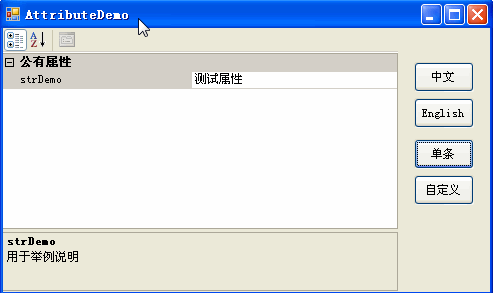
根据需要,你可以添加多条属性。
也许你会想问,这里哪有动态生成啊,那些属性名称,属性类型什么的不还是写死的么。呵呵,我这里只是举个例子所以写死了,在实际应用中,你可以根据需要,在生成属性列表的时候,动态赋值,例如你是从xml文件里读取到的,例如你是从服务器中获取到的。根据你读取的对象,一个一个赋值就可以了。
下面来介绍如何在属性页中动态生成下拉菜单框,关于下拉菜单真的是很复杂,在.net的PropertyGrid控件中,想要具有下拉菜单的属性,简单的可以通过枚举类型来实现,还是以刚刚的那个例子来说明:
首先定义个枚举类型:
public enum enumType
{
BOOLVAL,
DIGITALVAL,
STRINGVAL,
CHECKVAL,
RATIOVAL,
IPVAL,
COMBOBOX,
RESETBTN
}
然后代码中将属性值与属性类型修改为:
newXpro.Value
newXpro.ProType = typeof(enumType);
然后我们来看看实现的效果:
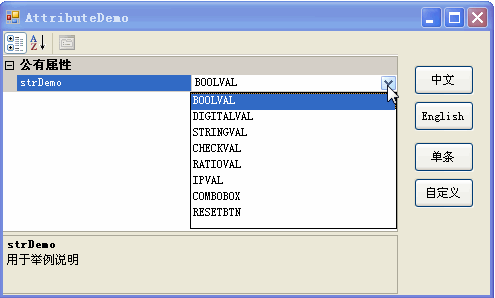
这就是最简单的下拉菜单的实现方式了。
但是这里的枚举类型仍然是需要代码中写死的,而我在网上也所搜了很久,枚举类型似乎没办法动态生成,如果要实现动态生成恐怕要另寻他途。
所幸的是,我曾经见过重写combobox来生成属性页的下来菜单的,我们需要定义:
//重写下拉菜单中的项,使之与属性页的项关联
public abstract class ComboBoxItemTypeConvert : TypeConverter
{
public Hashtable myhash = null;
public ComboBoxItemTypeConvert()
{
myhash = new Hashtable();
GetConvertHash();
}
public abstract void GetConvertHash();
//是否支持选择列表的编辑
public override bool GetStandardValuesSupported(ITypeDescriptorContext context)
{
return true;
}
//重写combobox的选择列表
public override StandardValuesCollectionGetStandardValues(ITypeDescriptorContext context)
{
int[] ids = new int[myhash.Values.Count];
int i = 0;
foreach (DictionaryEntry myDE in myhash)
{
ids[i++] = (int)(myDE.Key);
}
return new StandardValuesCollection(ids);
}
//判断转换器是否可以工作
public override bool CanConvertFrom(ITypeDescriptorContext context, Type sourceType)
{
if (sourceType == typeof(string))
{
return true;
}
return base.CanConvertFrom(context, sourceType);
}
//重写转换器,将选项列表(即下拉菜单)中的值转换到该类型的值
public override object ConvertFrom(ITypeDescriptorContext context, System.Globalization.CultureInfo culture, object obj)
{
if (obj is string)
{
foreach (DictionaryEntry myDE in myhash)
{
if (myDE.Value.Equals((obj.ToString())))
return myDE.Key;
}
}
return base.ConvertFrom(context, culture, obj);
}
public override bool CanConvertTo(ITypeDescriptorContext context, Type destinationType)
{
if (destinationType == typeof(string))
{
return true;
}
return base.CanConvertTo(context, destinationType);
}
//重写转换器将该类型的值转换到选择列表中
public override object ConvertTo(ITypeDescriptorContext context, System.Globalization.CultureInfo culture, object obj, Type destinationType)
{
if (destinationType == typeof(string))
{
foreach (DictionaryEntry myDE in myhash)
{
if (myDE.Key.Equals(obj))
return myDE.Value.ToString();
}
return "";
}
return base.ConvertTo(context, culture, obj, destinationType);
}
public override bool GetStandardValuesExclusive(ITypeDescriptorContext context)
{
return false;
}
}
//重写下拉菜单,在这里实现定义下拉菜单内的项
public class MyComboItemConvert : ComboBoxItemTypeConvert
{
private Hashtable hash;
public override void GetConvertHash()
{
try
{
myhash = hash;
}
catch
{
throw new NotImplementedException();
}
}
public MyComboItemConvert(string str)
{
hash = new Hashtable();
string[] stest = str.Split(',');
for (int i = 0; i < stest.Length; i++)
{
hash.Add(i, stest[i]);
}
GetConvertHash();
value = 0;
}
public int value { get; set; }
public MyComboItemConvert(string str,int s)
{
hash = new Hashtable();
string[] stest = str.Split(',');
for (int i = 0; i < stest.Length; i++)
{
hash.Add(i, stest[i]);
}
GetConvertHash();
value = s;
}
}在这里你可以看到,MyComboItemConvert有两个重载,分别有不同的参数,其中string类型的那个参数就是用于获取下拉菜单的项的。当然你也可以根据需要定义为其他类型的,例如List或是HashTable。只要在函数中将下拉菜单的每一项放入哈希表中 就可以了。
而在生成的代码中,我们就需要用到刚刚没有使用的Converter属性了:
举个例子:
XProps xps = new XProps();
XProp xprop = new XProp();
xprop.Name = "姓名";
xprop.Value = "某人;
xprop.Category = "人类";
xprop.Description = "姓甚名谁";
xprop.ProType = typeof(String);
xprop.ReadOnly = true;
xps.Add(xprop);
xprop = new XProp();
xprop.Category = "人类";
xprop.Name = "年龄";
xprop.ProType = typeof(int);
xprop.Value = "2";
xprop.Description = "多大年纪";
xprop.ReadOnly = false;
xps.Add(xprop);
xprop = new XProp();
xprop.Category = "人类";
xprop.Name = "性别";
xprop.Value = 1;
xprop.ReadOnly = false;
xprop.ProType = typeof(CustomClass.MyComboItemConvert);
xprop.Converter = new CustomClass.MyComboItemConvert("M,F");
xprop.Description = "性别是男是女";
xps.Add(xprop);
xprop = new XProp();
xprop.Category = "人类";
xprop.ReadOnly = false;
xprop.Name = "国籍";
xprop.Value = 1;
xprop.ProType = typeof(CustomClass.MyComboItemConvert);
xprop.Converter = new CustomClass.MyComboItemConvert("中,英,美,法");
xprop.Description = "国籍";
xps.Add(xprop);
PropertyGrideTest.SelectedObject = xps;来看一下效果:
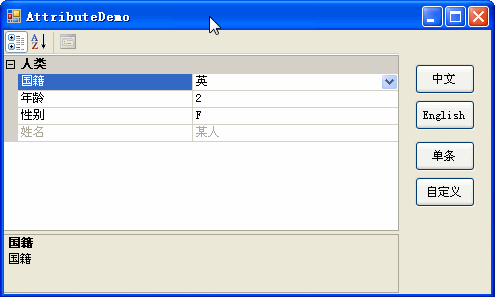
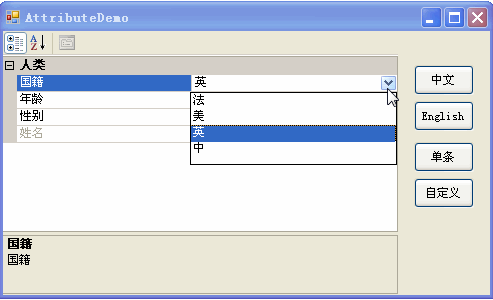
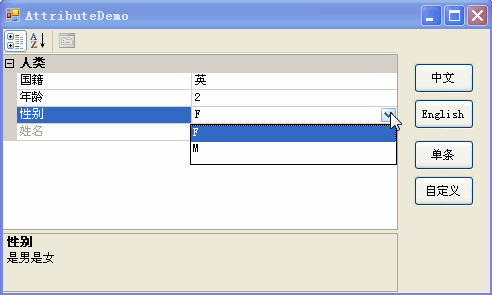
到这里,我需要的功能都能实现啦。
在这个过程中,我也在网上搜寻了很久,要感谢以下几篇博文,及其博主:
http://blog.csdn.net/luyifeiniu/article/details/5426960#创建 PropertyGrid 控件
http://blog.csdn.net/akron/article/details/2750566
http://www.cnblogs.com/greatverve/archive/2012/02/09/propertygird-bind.html


 少有人走的路
少有人走的路